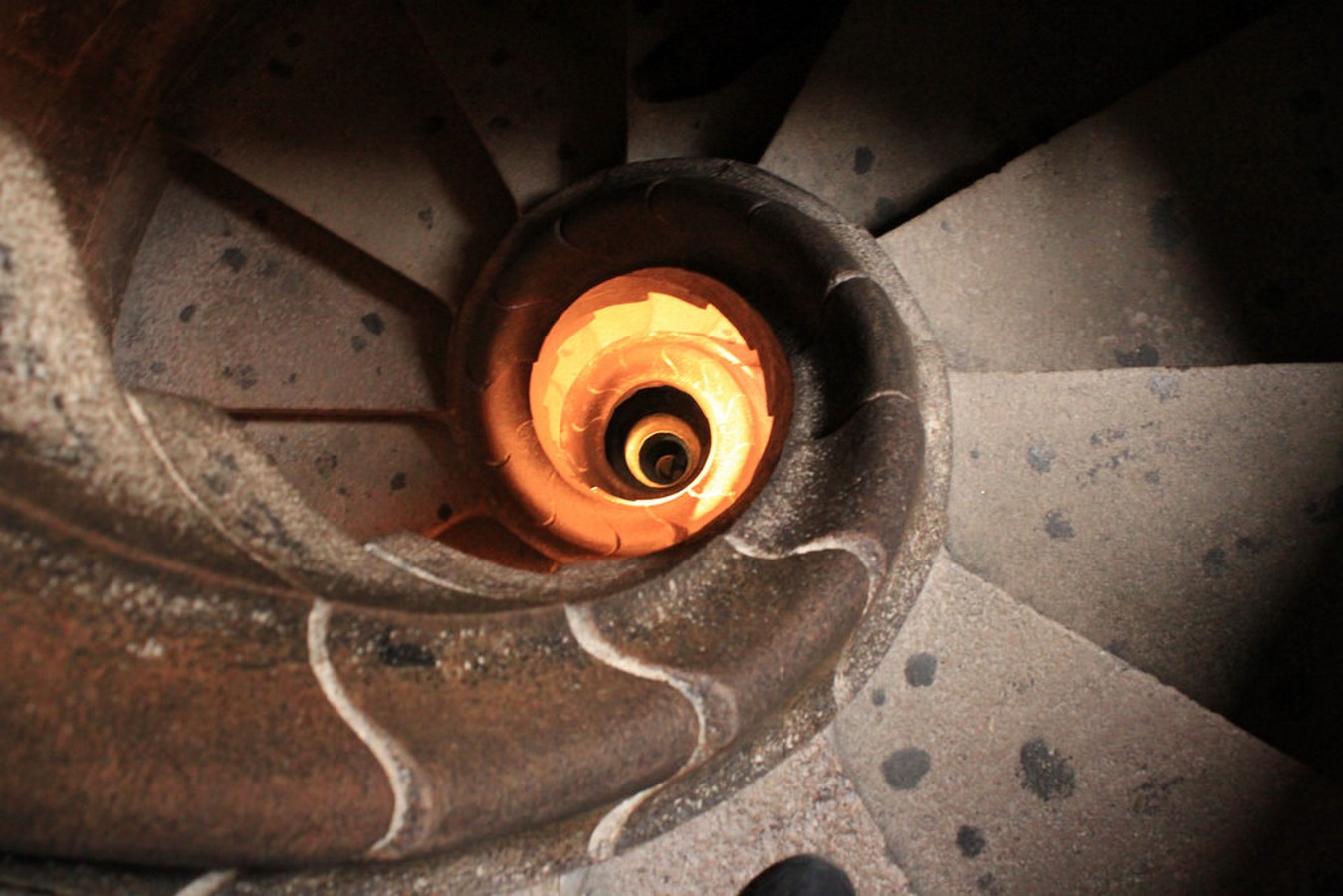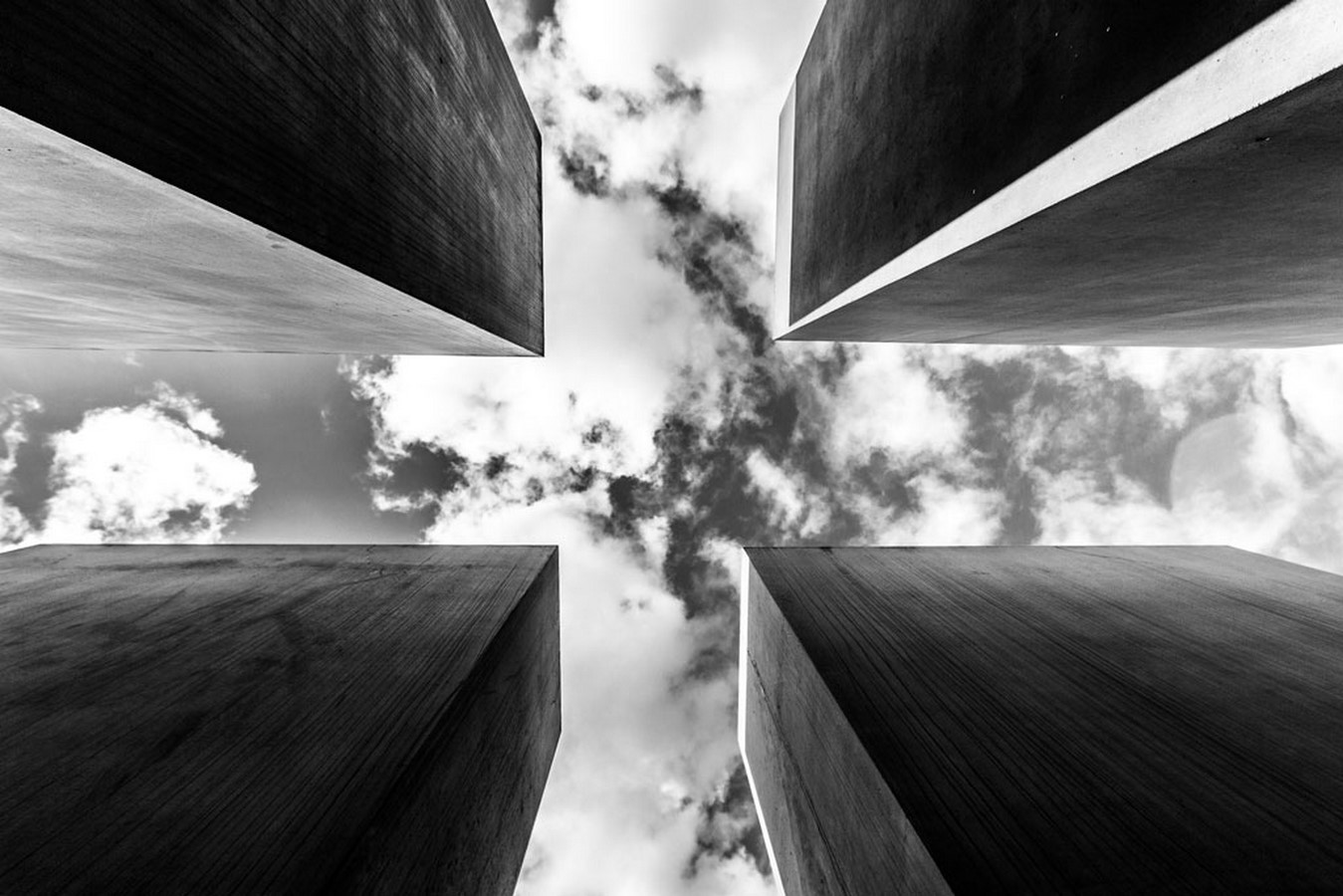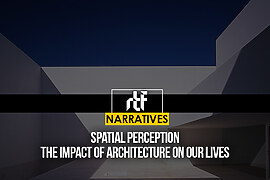“Architecture is not based on concrete and steel and the elements of the soil. It is based on wonder”- Daniel Libeskind
Wondering houses, wondering spaces, is the act of desiring to explore just anything. Architecture is wondering something humankind takes for granted. This wonder is indeed what sets us apart from those who do not belong to the design community. Wonder often stops at questioning. Questioning the things we encounter, be it a wall or a garden. Asking the building what it truly wants to be. Questioning why the things environing us are the way they are. These sum up the soul characteristics of an architect, a being who navigates the reflections of lifestyle, people, and culture.
Architects and Non-Architects
Re-Thinking the Future once quoted, “2600 BCE. With the birth of Imhotep, the world was divided into two types of people who could never be united again. These were Architects and Non-Architects.” As someone who works with buildings, I cannot concur more. We have all, at least once in our entire lives, witnessed one person defining brutalist buildings as “incomplete”. This, folks, is my basis to secernate Architects and Non-Architects.
We, architects, were once normal beings who regarded a building just as it is, without contemplating the perspective lines or listening to the bricks talk. One plunge into architecture pushed me to apprehend this completely fascinating world, a world that listens to and understands spaces. It is all about skin vs soul. While non-architects talk about how attractive the windows are or how bold the cladding is, we, standing a foot away from them, see right through the skin of it. We lean in to communicate with the soul of a space. Understand its desires and disappointments. The obsession to sight a building happy and content has been drooling over us architects from the very start of human civilization. We have always been adamant about defining any and every space we encounter. This has been one of the fundamental reasons for the evolution of architecture. From caves to condominiums, our inquisitiveness and endless dissatisfaction have forced us to use every second object in this universe to build a shelter.

A stroll in a park around our neighborhood might sound pleasant and soothing but we end up analyzing every aspect of that space. A simple wooden bench under a huge mahogany tree, for people, might look like a place to stop and breathe. But as architects, we tend to perceive it as multiple street landscaping elements juxtapositioned in harmony for users to pause, sit and admire the frame before us. A space, for us, is designed not just according to its laws and limits. We perceive it through a designer’s lens. Any space, if we try hard enough to listen to it, tells us it is yearning, its destination. We, architects, are merely their paths.
Building as a fellow human
Personifying a building is one’s first step into architectural perception. The complexity that perceptual architecture carries is what weighs it down when it comes to valued opinions. We tend to see the effort that goes into building space while the thought of the complex procedures that go behind it barely arises in one’s mind. The fact that perceiving is not the same as creating that perception, has to be made known around the world. Problems arise, and solutions are found. In this process, we lose a part of our perception. Perception, although a bold and grand process, has setbacks of its own. Why architectural perception then? You might ask. Spatial perception gives the space a significant direction. It sets the spirit and character of that space, giving the users a particular vibe and a sense of place. The character is felt through the sensory organs of the users, like touch, smell, or vision, which brings me to make a point here – perception through texture and smell is as important as, if not more than, perception concerning vision. This gives space not just direction but also a certain depth.

Architecture, as a society, demands various lenses, to grow and thrive. To contain architecture from dying, differences in opinions and individual perceptions are necessary. This change in perspective has led to architectural movements and revolutions across the globe. Monotonous designs and views are staggered and forced to change paths through these evolving movements. It gives rise to the relationship between different elements of the space as well as the relationship of that space in correlation to circumstances. The part-to-whole relationship marks a fragile line between how a space is perceived through the lenses of an architect and a non-architect. When I talk about perceptual differences between architects and non-architects, I compose myself to make another point here – general intelligence and architectural perception have always run parallel to each other. Philosophers have tried to bridge this gap, however, they don’t intend to intersect anywhere in the time ahead. It might appear as a delusory and absurd concept but we, as designers contemplate it as an objective reality. The future scenario of this subject doesn’t sound any different from the present. It is being deep-dived into extensively and I believe, has a lot of potential dimensions to be comprehended.















